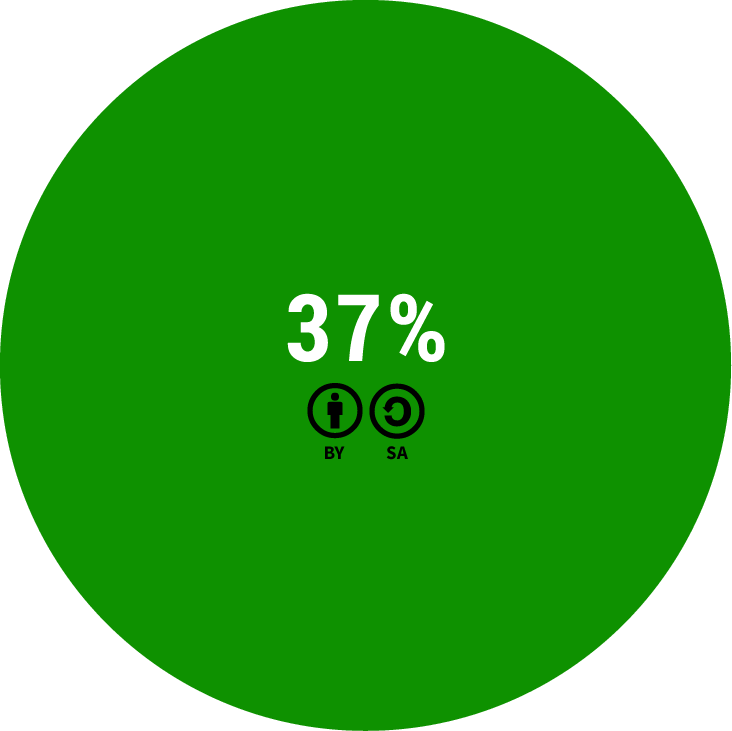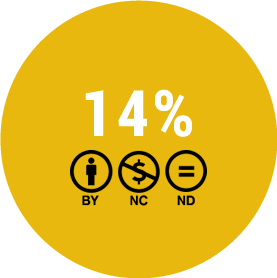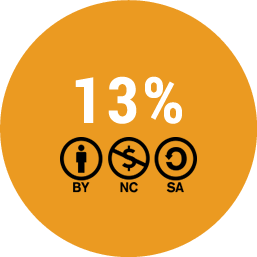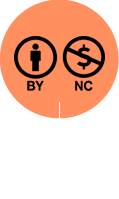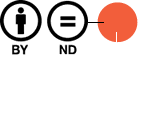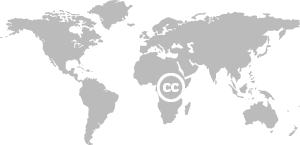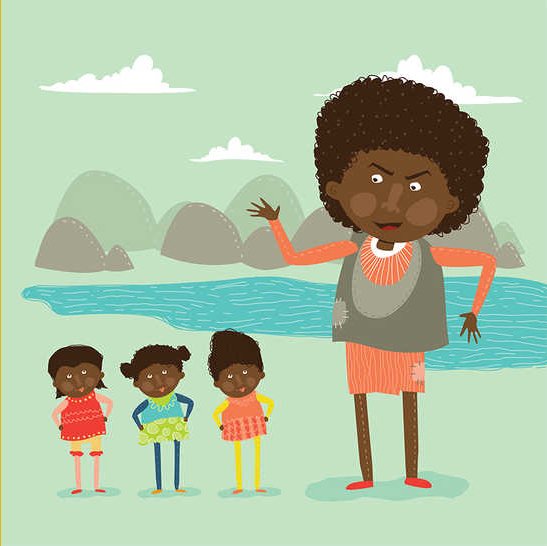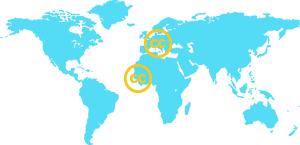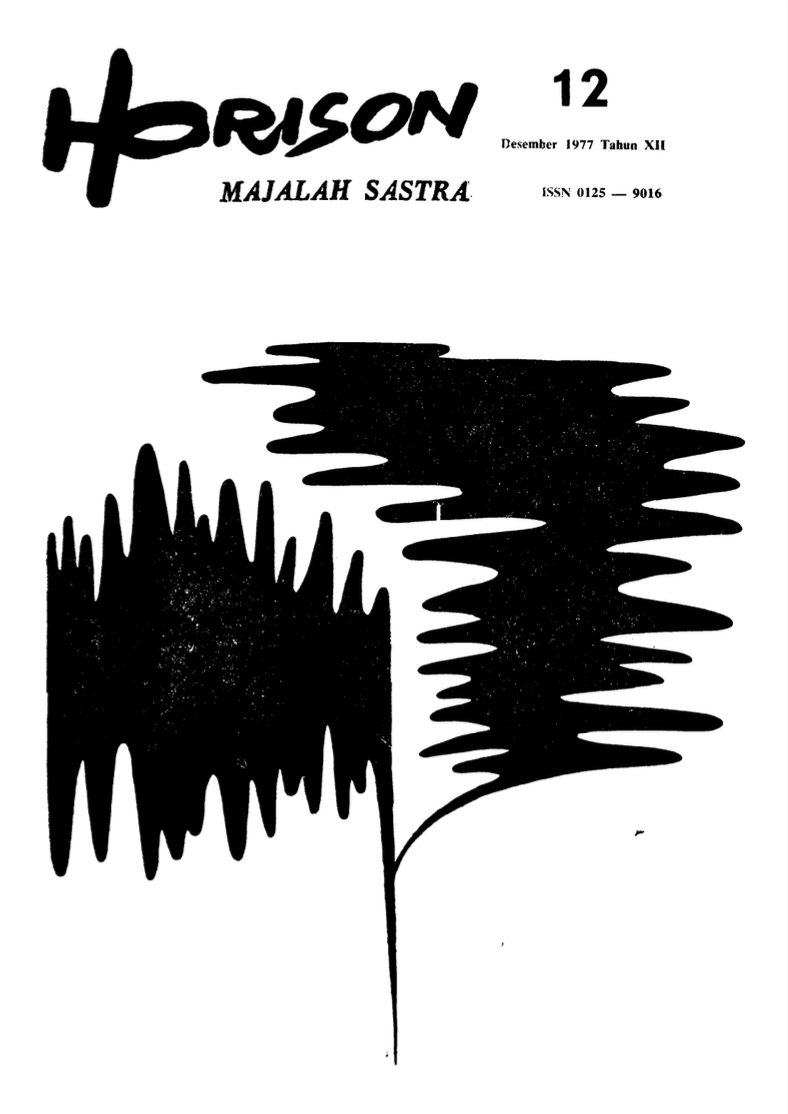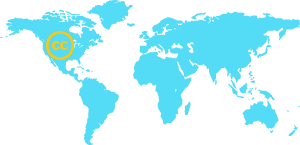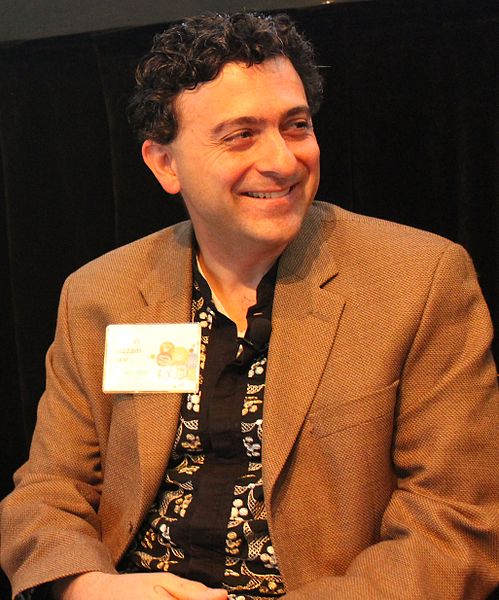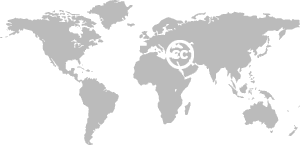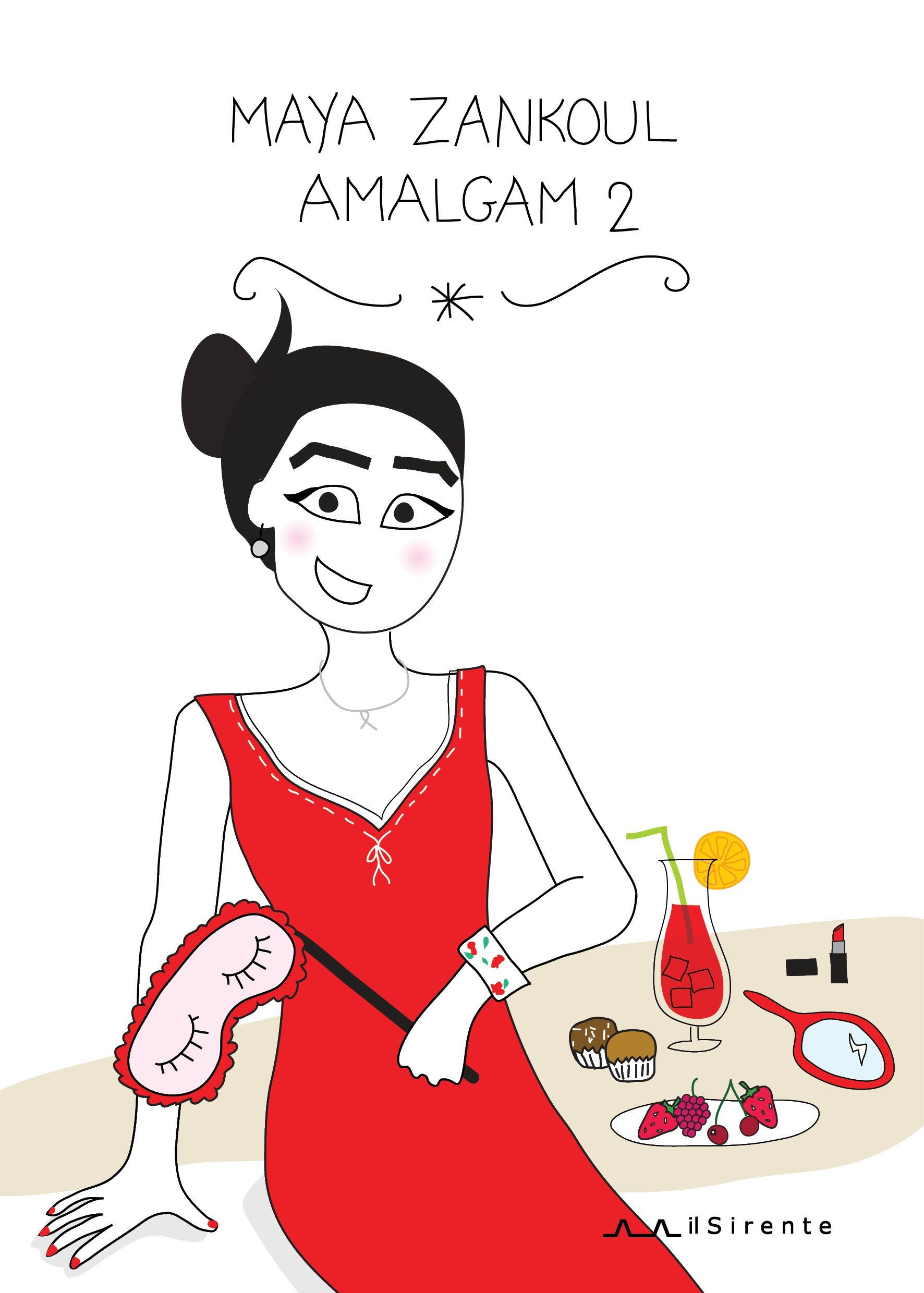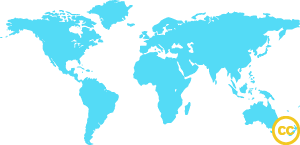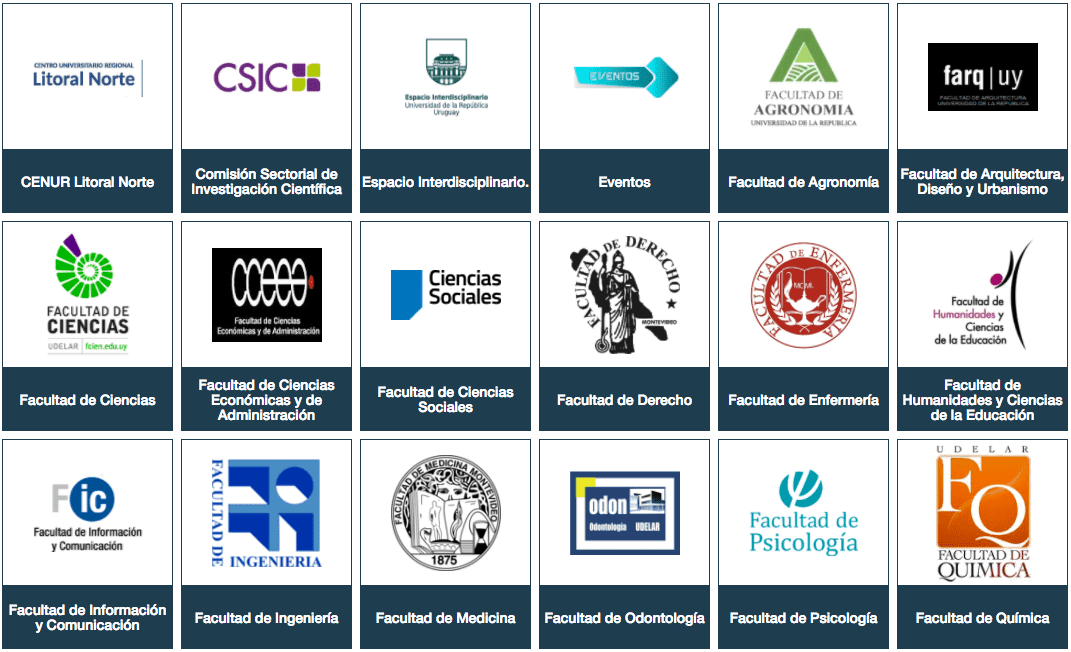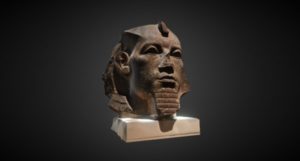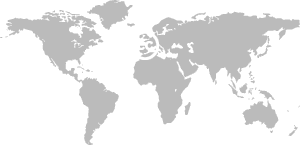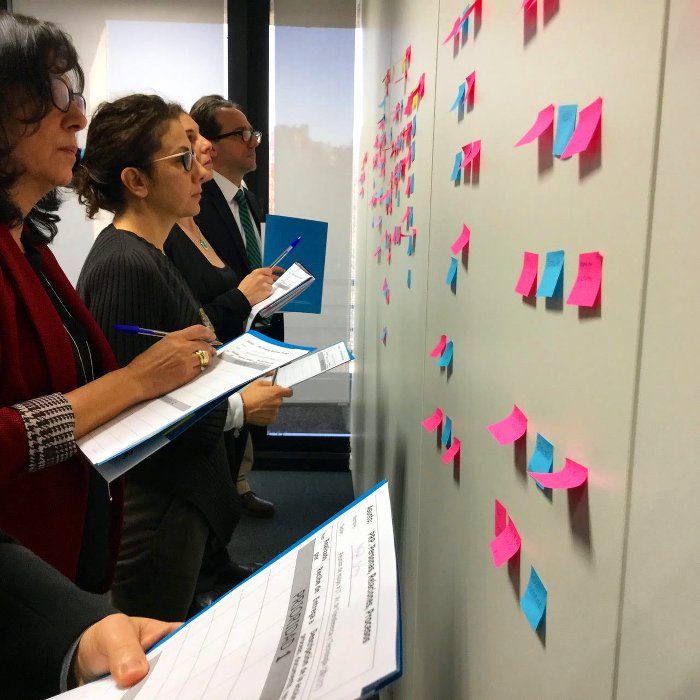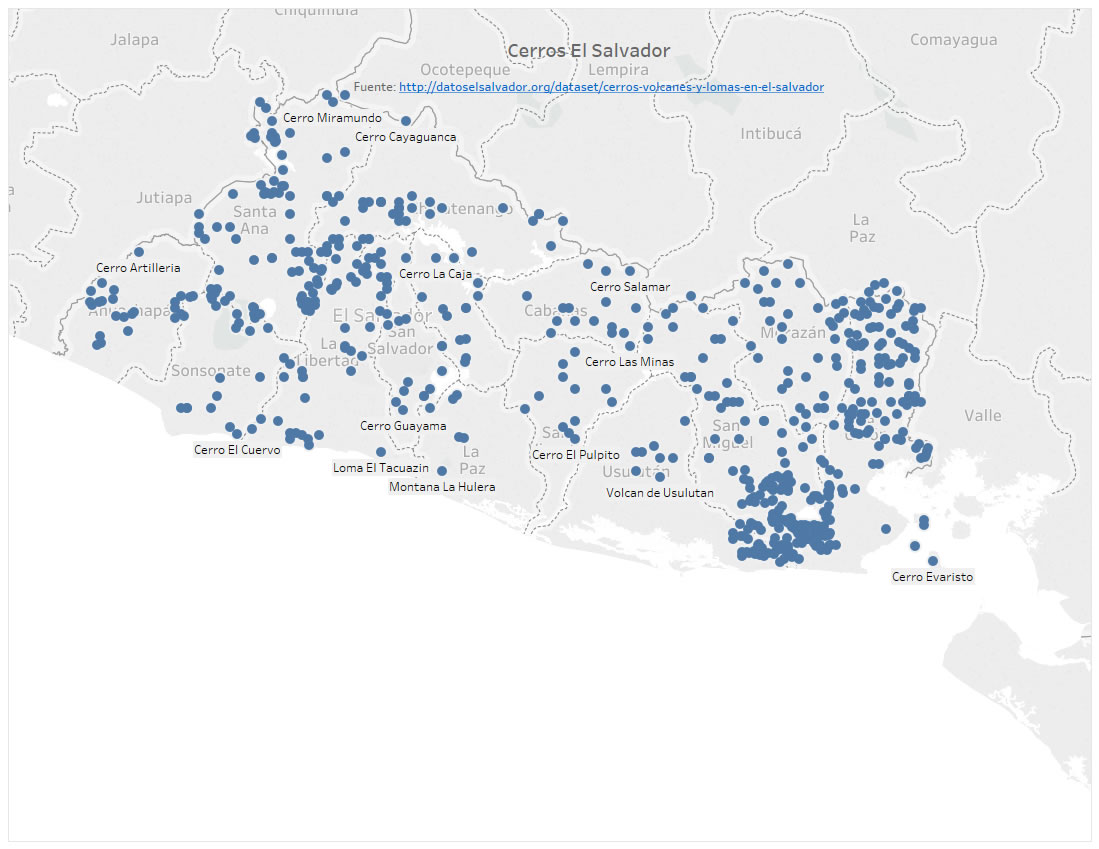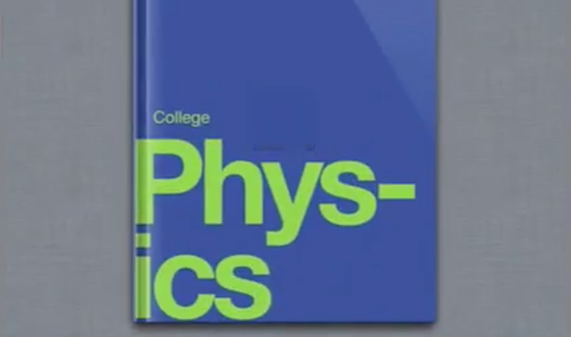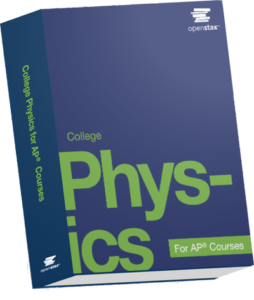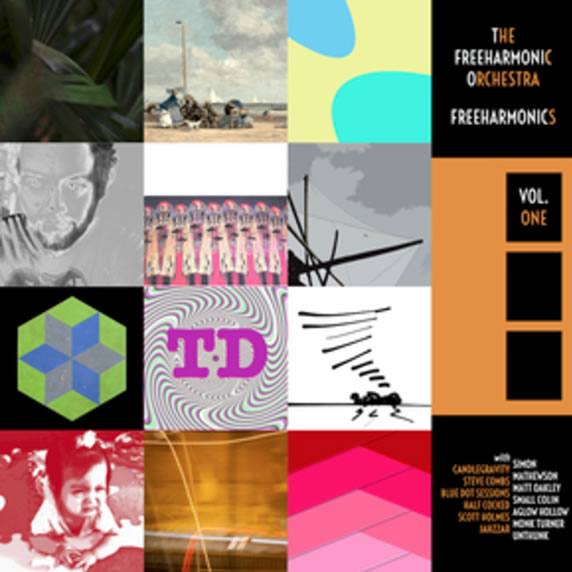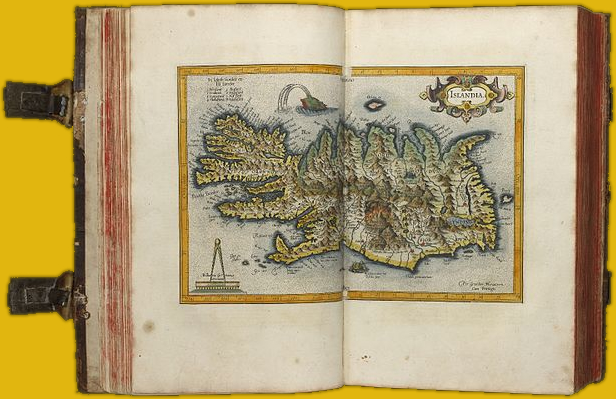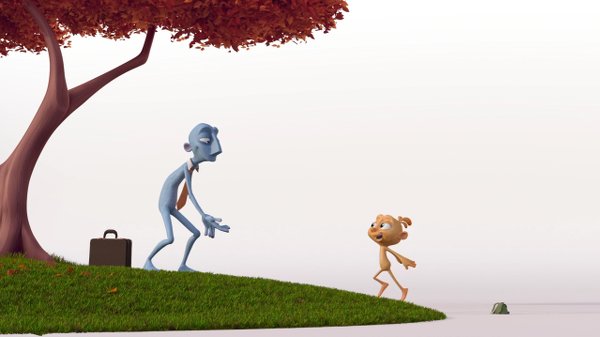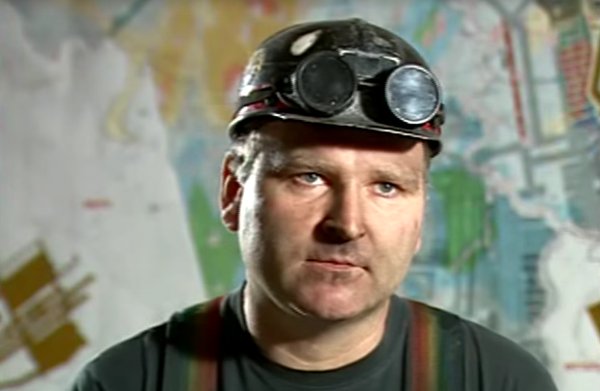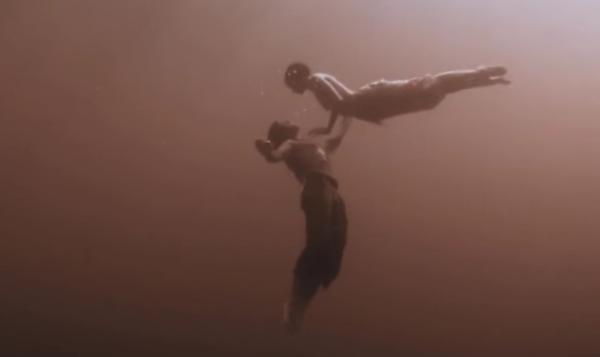This year, we’re highlighting “impact stories” — the human impacts of the global projects that benefit from CC. Quantitative data still matters (this is an annual report, after all!) but the commons is more than the numbers. We will demonstrate how the resources, culture, and openness of the commons make everyone’s lives better. This year’s State of the Commons shows how collaboration and gratitude drive the commons and its communities, and explores the creative possibilities of sharing and the personal connections between creators around the world as they invite each other into a shared community.
The commons is a collective act on a global scale, in a world where increasingly the things we built together are being dismantled. Never has the need for access to knowledge and culture felt so urgent, so valuable, and so vital. We need the commons, its ethos, and its contributors more than ever, and we’re grateful to those who are helping us build it.
In partnership with our global community, we identified some of the most interesting, impactful, and invigorating people and projects to profile. We’re thrilled to share these profiles, and we hope that you’ll find some inspiration to approach the work you’re doing in a way that is more open, collaborative, and driven by gratitude. Thank you, as ever, for your contributions to the commons.
With gratitude,
Ryan Merkley
CEO, Creative Commons
@ryanmerkley








